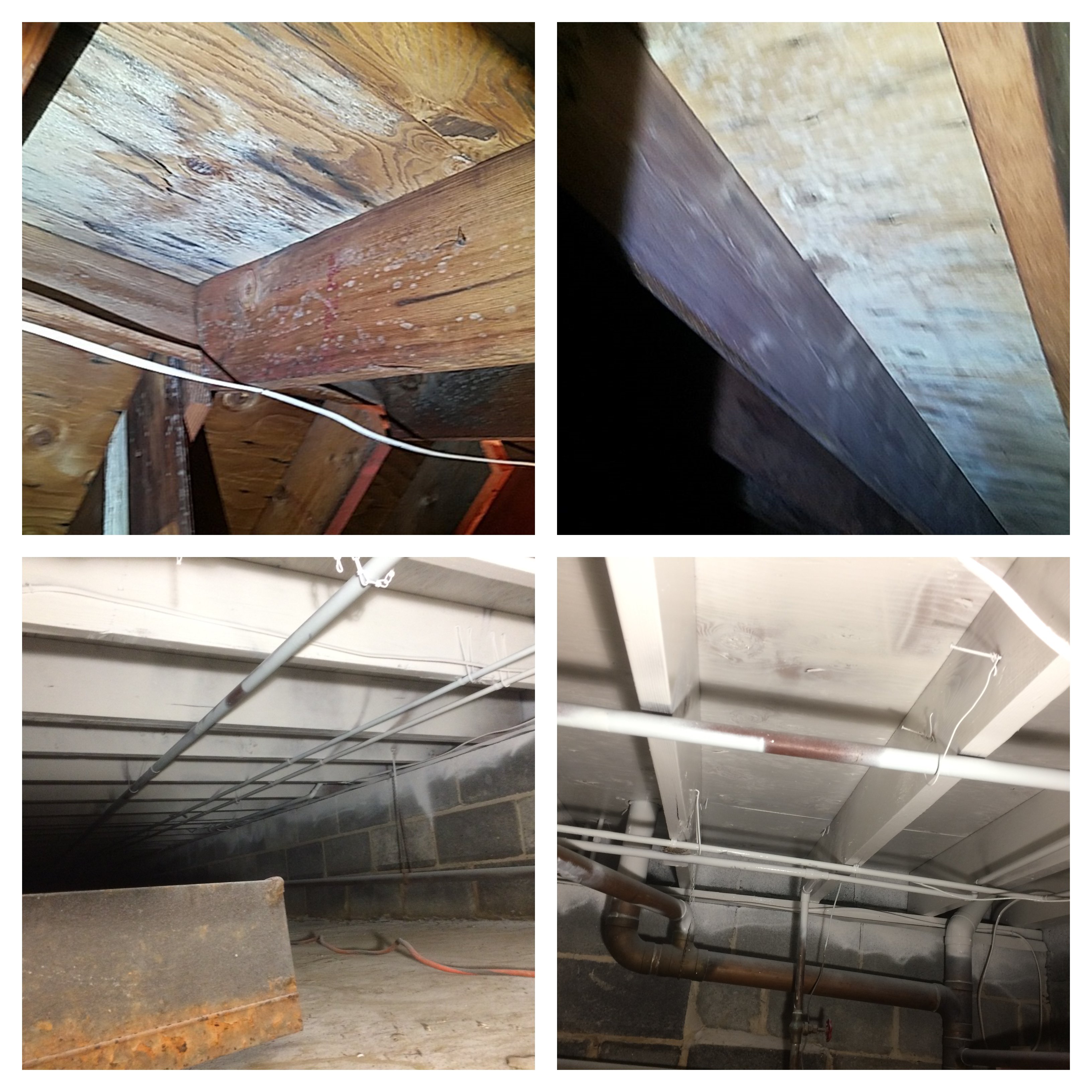Microbial Volatile Organic Compounds (MVOCs)
Microbial volatile organic compounds (MVOCs)are compounds formed as part of the metabolism of mold.
The musty odor so often used to describe mold growth is the off-gassing from active mold growth. The innocuous term musty actually contains microbial volatile organic compound (MVOC).
The off gassing of MVOCs include a range of alcohols, ketones, aldehyde, esters, carboxylic acids, lactones, aromatic hydrocarbons, terpenes, sulfur and even nitrogen producing compounds. Ethanol, 1-octen-3-ol, 2-octen-1-ol, and benzyl cyanide. MVOCs produced during secondary metabolism include 2-methyl-isoborneol and terpenes are some of the compounds you would expect to find within MVOCs.
What are the symptoms of MVOC exposure?
Humans exposed to MVOC’s have experienced headaches, nasal irritation (congestion), dizziness, fatigue, and nausea.
Are Must Odor MVOCs?
People first suspect mold being present either by visual observation or olfactory indications. Visual is easy, its staining on a surface that can't be explained. Olfactory indications of mold are a musty and earthy odor which signifies microbial activity. The microbial activities usually result in the decomposition of complex organic compounds into simpler compounds. This decomposition or metabolism of say wood, paper, etc. produces a wide range of by-products including the MVOCs, which are considered an indoor air pollutant.

The microbial volatile organics are so diverse that they encompass many chemical classes. The presence of MVOCs is a leading indicator of active mold growth. useful way to check for the presence of mold.
How do I address an MVOC problem.
Since MVOC are a by product of mold growth, remediating the mold will stop the production of the MVOC.
